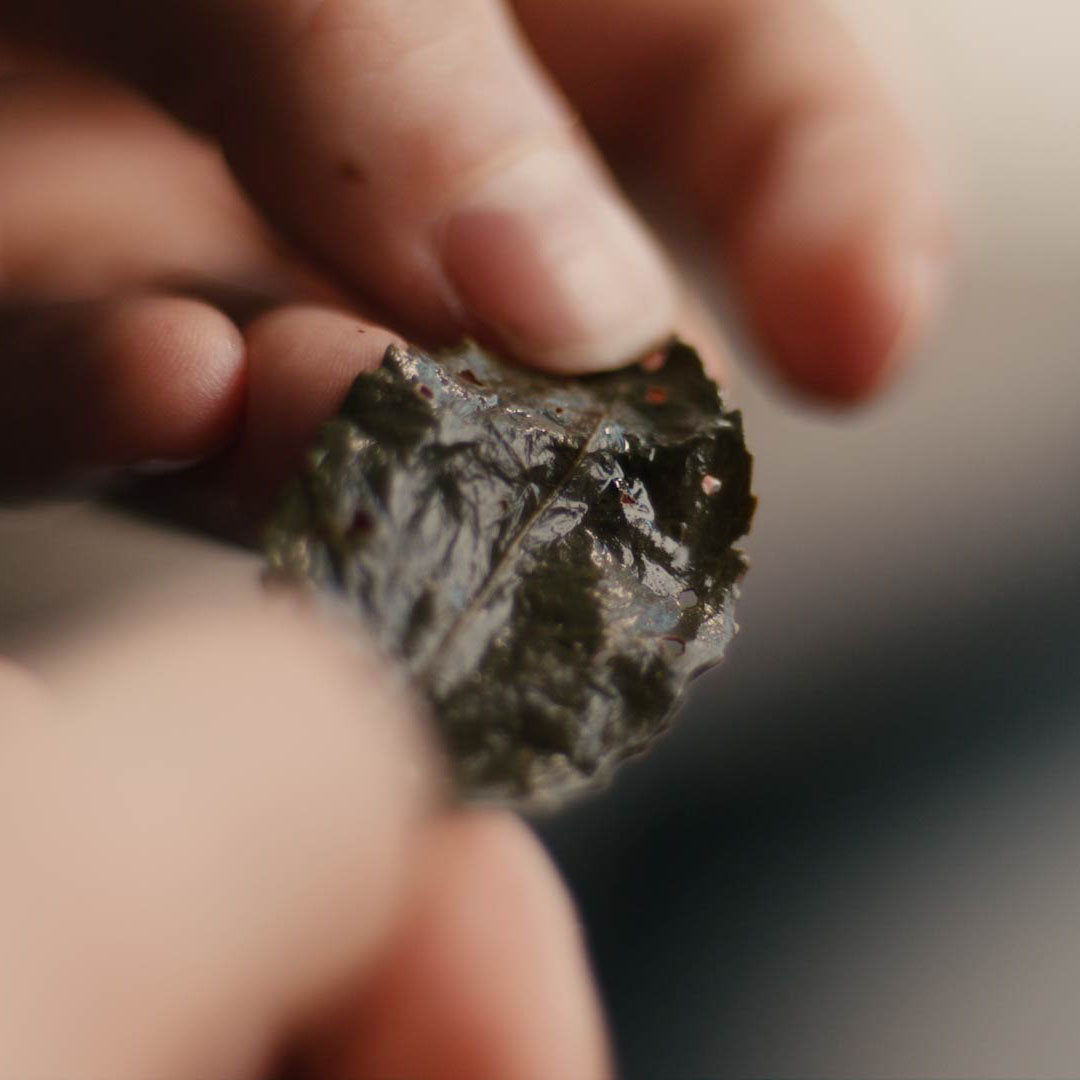When it comes to the proper preparation of tea, the question "With or without a lid?" can make a big difference. But what does it actually mean for the taste of your tea if you leave the lid off or put it on during steeping? In this article, we clarify whether you really need the lid when preparing tea and what differences there are in the preparation.
Why use a lid?
A lid during steeping can indeed make a difference with tea. Particularly with delicate and more complex teas like Oolong tea or green tea, where the aroma is trapped in the heat to fully develop its depth.
The lid ensures that the tea stays at the right temperature, which optimizes the flavors. Especially for teas that require higher water temperatures, such as Tie Guan Yin or Milky Oolong, the lid helps retain the necessary heat.
Which teas benefit from the lid?
Not every tea necessarily needs a lid. However, many delicate tea varieties like Oolong or green tea benefit from the temperature stability that a lid provides. This keeps the tea hot for a long time and the aroma remains intense.
- Tie Guan Yin: A delicate Oolong that only fully unfolds its floral and fruity aromas at a consistently high temperature.
- Milky Oolong: Ideal for preparation with a lid – this way, the creamy and sweet flavors are preserved.
What happens when you leave the lid off?
For stronger teas like black tea or Pu Erh, it may even be better to remove the lid. These teas often do not require high temperatures to develop their flavors, and it can even be harmful to maintain the temperature for too long. The tea can cool down faster, which is not a bad thing for strong teas.
- Pu Erh Tea: The flavor unfolds in its full depth when the tea is steeped at slightly lower temperatures – without a lid.
- Darjeeling Grey: This tea benefits from air circulation without a lid, as it has a rather light and floral aroma.
The right technique – With or without a lid?
- With a lid: Ideal for delicate, complex teas like Tie Guan Yin or Milky Oolong, where you want to preserve the flavors.
- Without a lid: When preparing stronger teas like Pu Erh or black tea, it may be more sensible to leave the lid off and steep the tea at a lower temperature.
Tips for the perfect preparation
- Use a lid for delicate teas like Oolong and green tea to preserve the aroma.
- For stronger teas like black tea or Pu Erh, you can omit the lid and pay attention to the temperature.
- Pour the tea slowly so that the flavors develop evenly.
- Make sure the tea leaves have enough space to unfold – ideally in a teapot or a Gaiwan.
Cold Brew – even without a lid?
For cold brewing tea, like a cold brew from Tie Guan Yin or Milky Oolong, you don't need a lid. Simply pour 5–6 g of tea into 500 ml of cold water and let it steep in the fridge for 6–8 hours. The taste will be mild and sweet.
Our Recommendations
- Tie Guan Yin – Ideal for brewing with a lid if you prefer floral and fruity flavors.
- Milky Oolong – This tea develops a nice sweetness and creamy texture under the lid.
- Pu Erh Tea – Perfect for brewing without a lid to enjoy the deep, earthy flavors.
Conclusion
Whether you prepare your tea with or without a lid depends on the type of tea and your personal preferences. For delicate teas, a lid is recommended to preserve the aroma. For stronger teas, omitting the lid can help to fully develop the flavors. Experiment with different teas and find out what you like best!




































